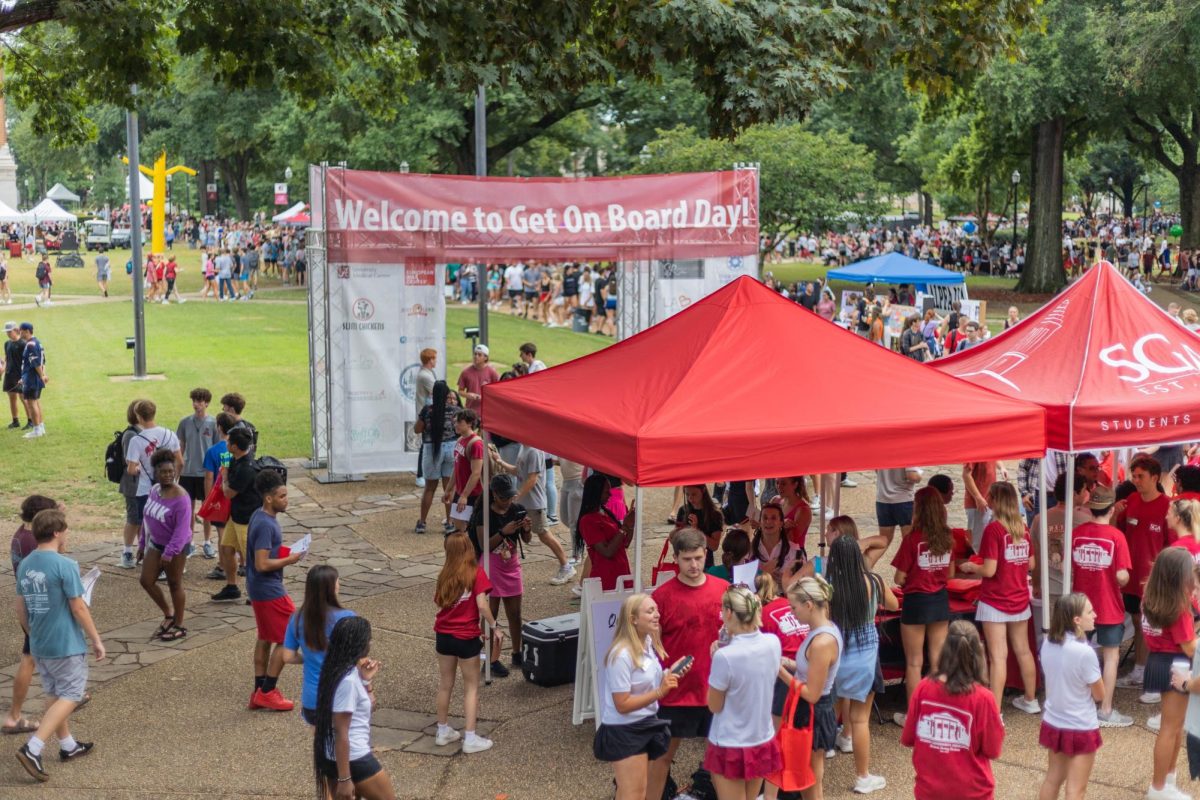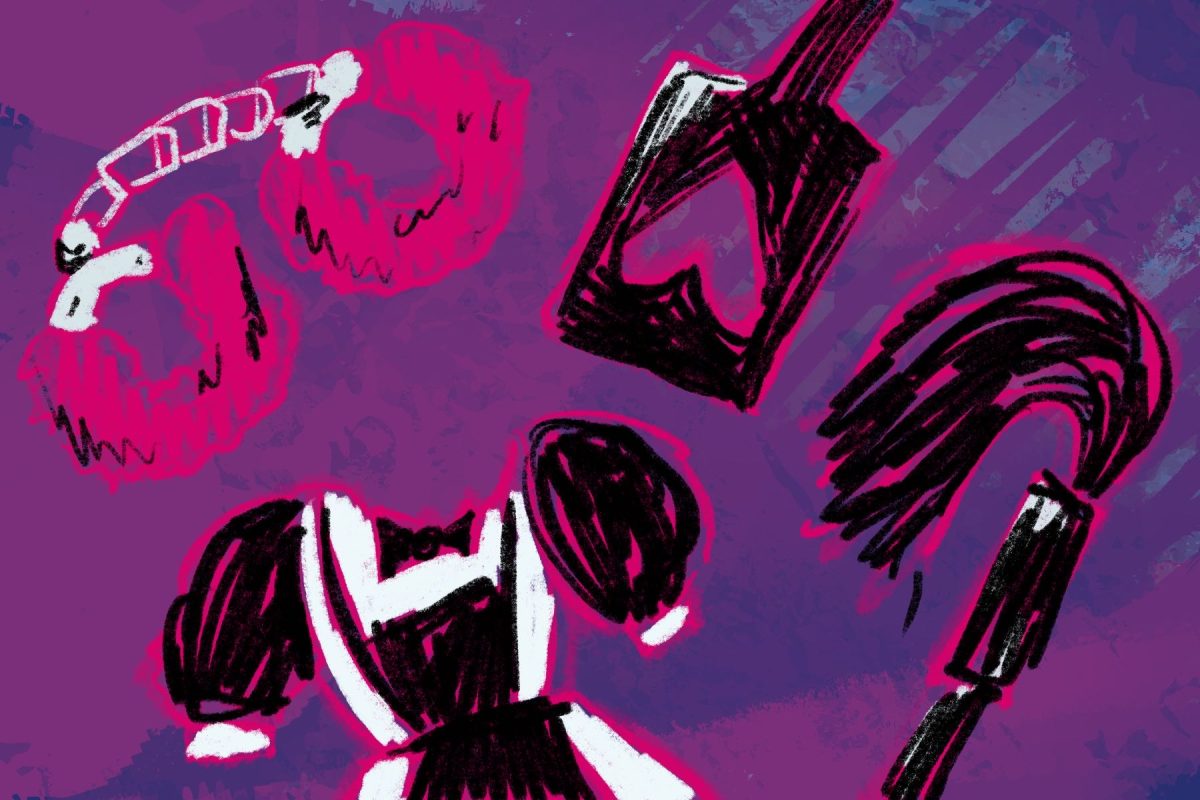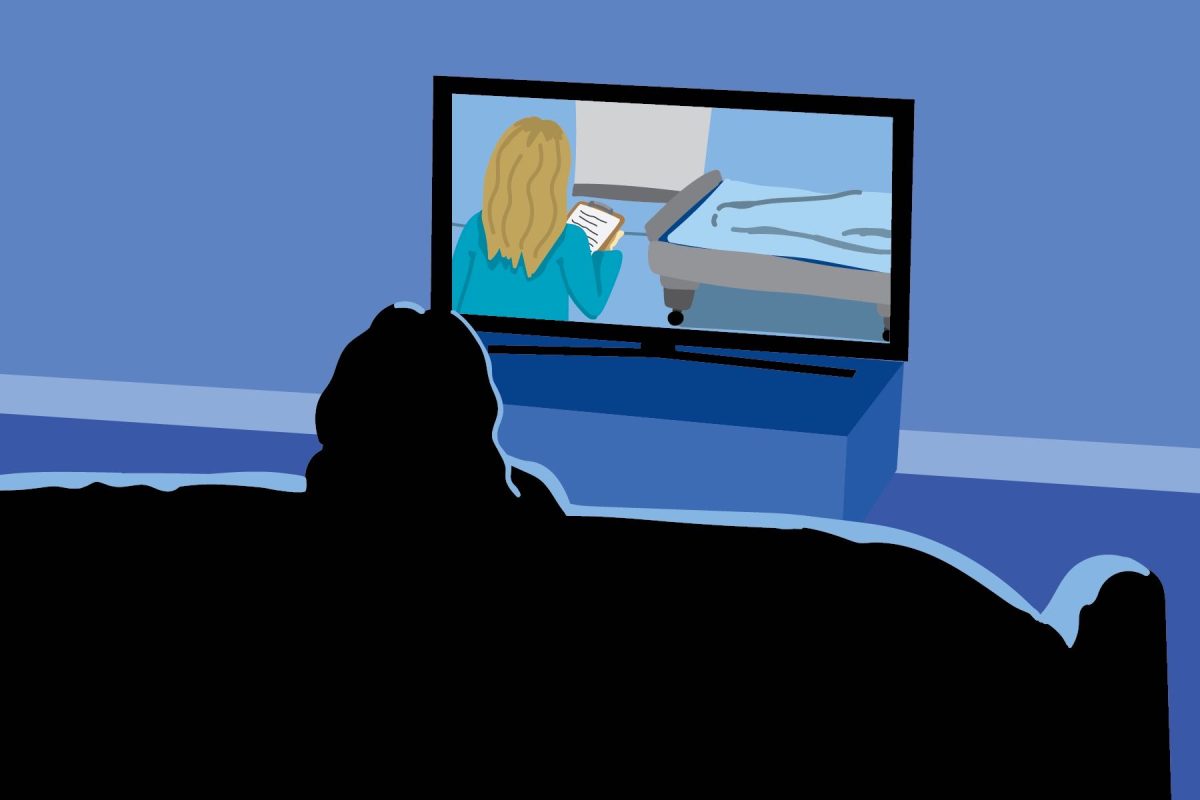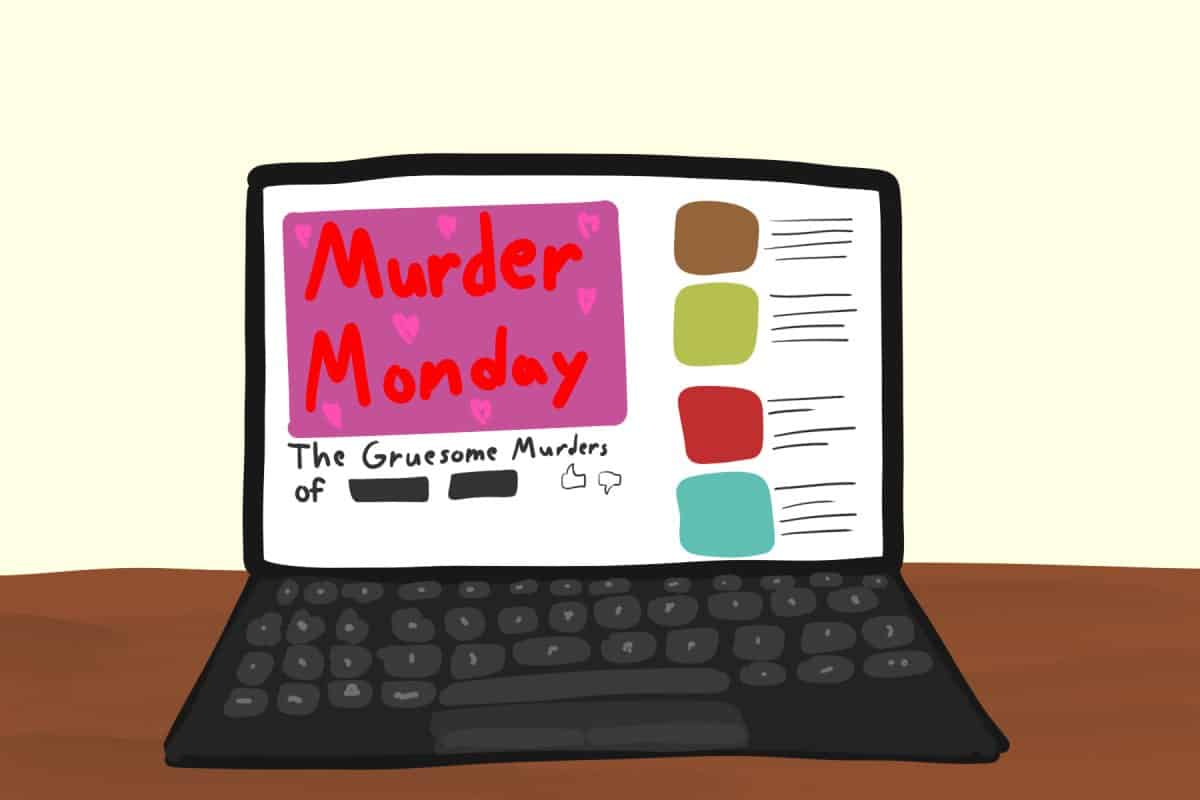I generally delude myself with the false belief that humans are capable of self-reflection and can extend that reflection into a greater understanding of our place in the world. However, as recent events on campus demonstrate, that is simply false.
I’ve heard countless arguments concerning the UA Stands Movement. Although I am unaffiliated with this movement, I sympathize with their aims. Yet, common statements and questions I hear include: “Why aren’t the black fraternities and sororities being integrated?” “Why are the only people in the movement white?” “There is no institutional racism on campus” and my personal favorite, “This is only about garnering as much media attention as possible.”
There is a common strain of fear and guilt which connects these thoughts. Acknowledging that we share a role in ending institutional racism is frightening and infuriating. On this campus, talk of racism constantly raises the accusing finger: Who is racist? In order to facilitate an informed dialogue, we must stop the endless search for guilty parties and question what the structure of segregation does to our minds. Additionally, we must accept the reality that segregation, propelled by racism, is systemic on this campus and in this state. Accordingly, I must respond to the thoughts and questions I’ve heard over the past few weeks.
Black fraternities and sororities are integrated – pull up their membership roster or attempt to pledge. You will undoubtedly be hazed, but you will not be denied on the basis of color. Accusing black greek organizations of reverse racism is akin to pointing fingers on the playground and shouting “he threw sand first.” The counter-accusation stems from an angry fear of being labeled as a racist for associating only with people of your own ethnicity. Humans naturally segregate themselves into groups that look and act as we do. Unfortunately, every group also forms value judgments about those outside of their circle. In order to end those judgments, we must examine how segregated structures transmit negative values concerning difference to their members.
Similarly, it is natural to question movements with grand unifying themes and purposes. UA Stands commits itself to “pushing through the final doors,” and they draw on historic moments for our school and state to symbolize their message. Thus, they don’t want the appearance of “helping the poor black folks” or worse, using a moral stance against racism for self-aggrandizing purposes. Yet, we should not denigrate the fact that white students are involved. The structure of racism teaches us that prejudice is an isolated problem. It often follows that in response to segregation, groups create their own closed circles. This is not a viable solution. Racism is a human problem, not a white or black issue. If we want to stop hearing about and discussing racism, then we need to acknowledge that it exists. We can only stop the endless guilt and shame game when we interrogate how structural segregation permits and protects racist thought.
However, I don’t excuse the UA Stands movement from vigorously criticizing itself. The UA Campus is composed of a plethora of special interests. Each of these interests brings their goals to the table. With our staggering number of faculty, students and administrators, the temptation to use a “selfless” movement for personal gain is tempting. If UA Stands truly advocates for the moral right, then it must be clear how they frame their message and whose voices are represented. They must navigate carefully how they enact change working with special interests. Personally, I stand with the voices in this movement, but they must be hesitant to proclaim change in a matter of weeks. Moreover, they must vigilantly maintain their position as a voice for progress and not an extension of the cliché and trite UA administration position toward segregation. In other words, do not change a little of everything so that the whole remains intact. Push at the structures and break them down.
John Speer is a graduate student studying secondary education. His column runs weekly on Wednesdays.








